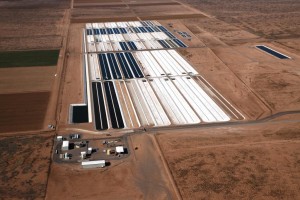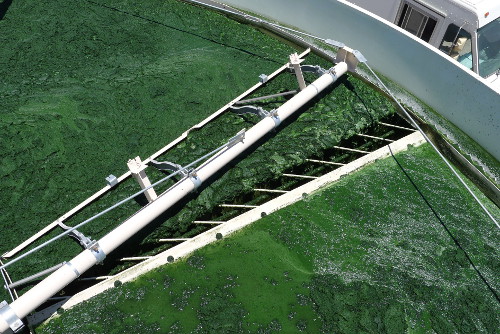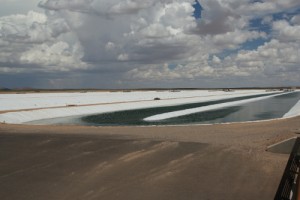
What do you get with continuous cultivation of algae and breakthrough processing technology? From Sapphire Energy you get renewable Green Crude oil. Sapphire has been among the companies leading the charge to coax algae into renewable biofuel production and today they announced a deal with Tesoro, a major refiner and marketer of petroleum products. Tesoro has agreed to purchase Green Crude from Sapphire’s algae farm in Columbus, NM—one of the first deals of its kind.
The goal of filling our tanks with renewable oil is another step closer.
Sapphire’s Green Crude can be refined into a range of products you can also get from petroleum. Gasoline, jet fuel, diesel; they are all possible from renewable algae grown in ponds that never run dry—unlike wells drilled into the ground.
More details about the deal, and Sapphire’s innovative wet extraction method for processing algae into crude oil, can be found at Biodiesel Magazine.



